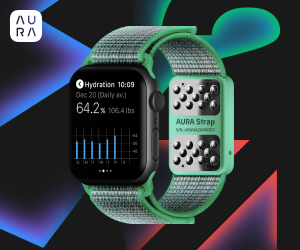Internal Links
It is a very important factor in the natural positioning of a website, since the more quality links there are towards the page itself, the more authority it will have, positioning itself better in the different search engines.
The main purpose of Link Building is to improve the positioning through the backlinks (inbound links) to the website itself, although it is also a good strategy to get more quality visits to the page.
Link Building, therefore, is the artificial generation of links. The main key is to artificially obtain links by simulating that it has been done naturally, such as requesting the inclusion of the website in a directory. For this strategy it is essential not to forget the quality of the sites with which you are going to interact and participate only in those that are related to the theme of the web.
Among the techniques that should be taken into account in Linkbuilding, the following stand out:
- Solve doubts in forums.
- Share on social networks.
- Comment on other blogs in the sector.
- Write as Guest Blogger.
- Share articles in news aggregators.
- Send press releases to the media and blogs.
- Create relationships with other bloggers in the sector.
- Create an RSS feed.
- Write testimonials and give opinion.
Below is a list of Linkbuilding mistakes that are common to occur, but should be avoided.
- Send all links to home.
- Always use the same anchor text.
- Position only one keyword.
- Make all the links the first month and then nothing.
- Position the links in the footer.
- Position the links on the blogroll.
- Using too many links in the same article.
- Thinking that quantity is better than quality.
- Do not analyze the page from which a link is obtained.
- Use blog links on other topics.
- Not knowing what the competition is doing.
Internal links
Internal links are hyperlinks that connect one page on a domain to another page on the same domain. In this way, they point to another page or section within the same blog or web page.
These internal links have a series of utilities, the most important being the following:
Help Google: these links are very useful for search engines, spiders jump from one internal link to another, more easily crawling the site and understanding its architecture.
They reduce the bounce rate: user behavior data is improved thanks to the action of internal links. This makes the user stay for a longer time browsing the same website, so that there is an increase in page views as well as the average time per visit. Likewise, the bounce rate is reduced.
Usability: internal links are highly recommended for user experience. The ideal scenario is that a user reaches a particular blog article and through internal links, related topics are proposed and the information is expanded.
Information: internal links also serve to indicate to search engines what content or what type of pages are interesting for the user. When multiple pages on a blog link to the same site, Google understands that this is relevant to business.
Provide traffic and notoriety: they allow you to generate more traffic to a section or page that is not usually visited a lot. A page or article of great notoriety and popularity that gets a lot of traffic is linked to another that has less.
It is not enough to have inbound links, but those links have to be of quality, from different domains and above all, natural. Likewise, it must be borne in mind that having 5 links from the website itself is not the same as having those 5 links but in different domains, since in the latter case more popularity is achieved and positions are improved. This fact is called "domain diversity".
There are different indicators that search engines take into account to establish the value of inbound links. Some of these parameters are as follows:
- The popularity of the domain.
- The trust of the domain.
- The importance of content between the source page and the landing page.
- The anchor text using the link.
- The number of links to the same landing page.
- The great variety within the anchor texts in the links of the landing page.
- The ownership relationship between the source and destination domains.














Comments
Post a Comment